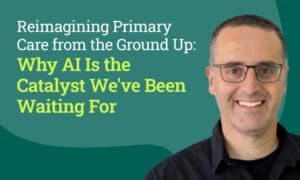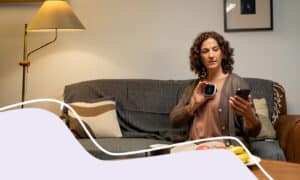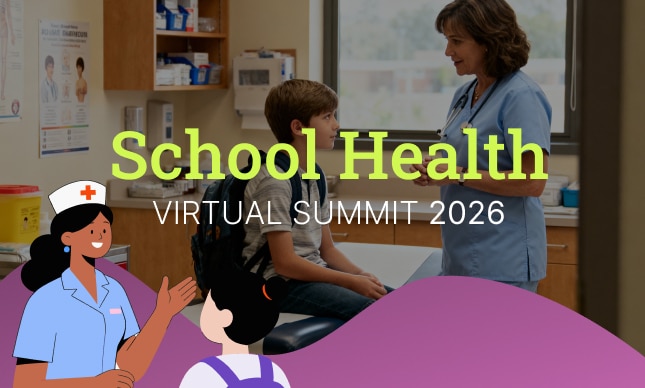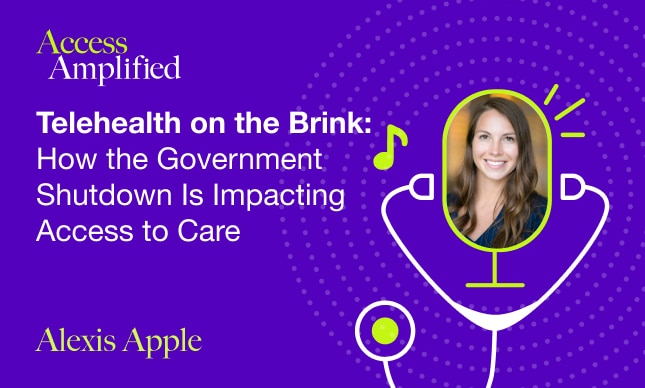Virtual Isn’t Just Video: Measuring Real Access to Care

For years, virtual care access has been equated with video visits. They’ve helped bring healthcare into people’s homes and expanded convenience in powerful ways. But while the healthcare industry has made huge strides in digitizing interactions, many organizations are realizing that simply counting the number of video visits doesn’t tell the full story of “access.”
At TytoCare, we believe that measuring access means going beyond the screen. It’s not about how many patients log on; it’s about how many actually get the care they need.
The evolution of “access” in telehealth and virtual care
The healthcare market has come a long way since early telehealth days, when “access” was measured by availability: whether patients could reach a clinician without traveling. That was a good start, but today’s definition must be more sophisticated.
Now, access must mean clinical completeness: whether a visit can deliver accurate diagnoses, effective treatment, and continuity of care. A virtual encounter that ends with “you’ll need to come in” isn’t real access. It’s just a digital front door that still leads to traditional barriers.
Providers and payers alike are shifting their focus to what really matters:
- Can a patient’s issue be resolved virtually, in one encounter?
- Can the clinician make a confident diagnosis based on the tools available?
- Does the model remove friction for both patients and providers?
The data behind true access
Across health systems throughout the United States, access is increasingly being measured not by visit counts but by outcomes. For example:
- Reduction in emergency department or urgent care visits.
- Faster time to diagnosis and treatment.
- Improved patient satisfaction and clinician efficiency.
- Greater equity in care delivery: reaching patients who otherwise couldn’t access care due to geography, mobility, or transportation issues.
This shift matters because it redefines virtual care as a clinical channel, not just a convenience tool.
TytoCare’s role: from connectivity to completeness
At TytoCare, we’ve designed every element of our platform to close the gap between “seen” and “treated.” Our Home Smart Clinic and Pro Smart Clinic solutions enable full remote physical exams—heart, lungs, throat, ears, skin, temperature, and more—so that care can move from video-only to truly diagnostic encounters.
With TytoCare, health systems can measure access not just by who connects, but by who receives care. Our partners consistently report:
- Reduced unnecessary ER and urgent care utilization.
- More patients treated virtually in a single encounter.
- Expanded reach into rural, school, and community settings.
In rural regions where connectivity can be unreliable, the Pro Smart Clinic’s offline functionality means clinicians can still perform and store exams without an internet connection, ensuring that access isn’t dependent on Wi-Fi or bandwidth.
Why redefining access matters now
Virtual care’s promise has always been to make healthcare more accessible. But that promise is fulfilled only when patients get timely, effective, and equitable care, no matter where they live or what device they use.
That’s why leading health systems are evolving how they track and define success. Instead of reporting on video volumes, they’re analyzing metrics like:
- Resolution rate: how many issues are fully resolved virtually.
- Access equity: which populations are gaining or losing access as programs expand.
- Continuity of care: how effectively virtual encounters connect to follow-up and prevention.
This broader view helps ensure virtual care isn’t just another silo, but a seamless part of the healthcare ecosystem.
The future of access
As healthcare continues to evolve, the question isn’t whether virtual care works; it’s how well it works for everyone. Real access is measurable, and it’s already reshaping how care is delivered across urgent, primary, and specialty settings.
At TytoCare, we’re proud to partner with organizations that share this belief: that virtual care isn’t just about connecting patients and clinicians, but about closing care gaps for good. Because when “virtual care access” means actual care, everyone wins.





